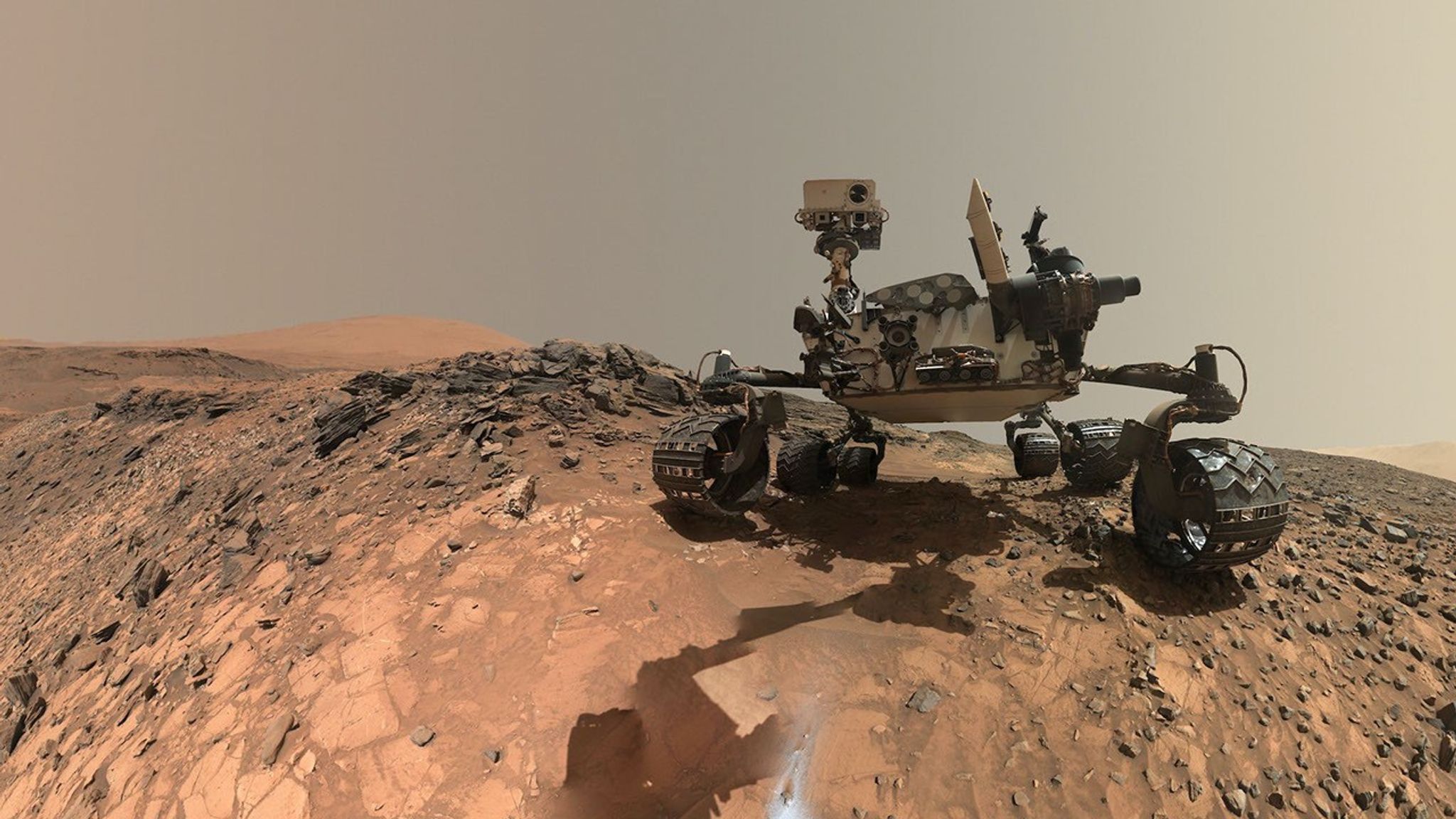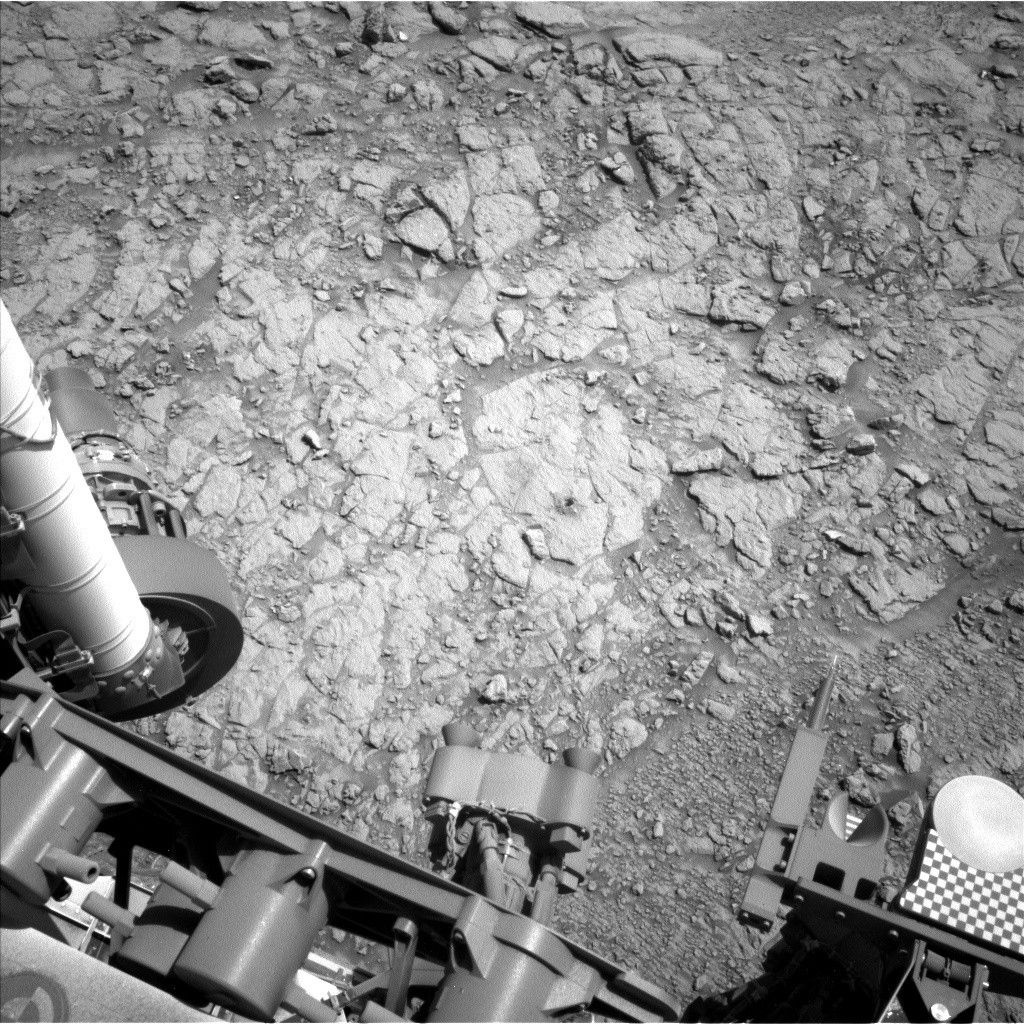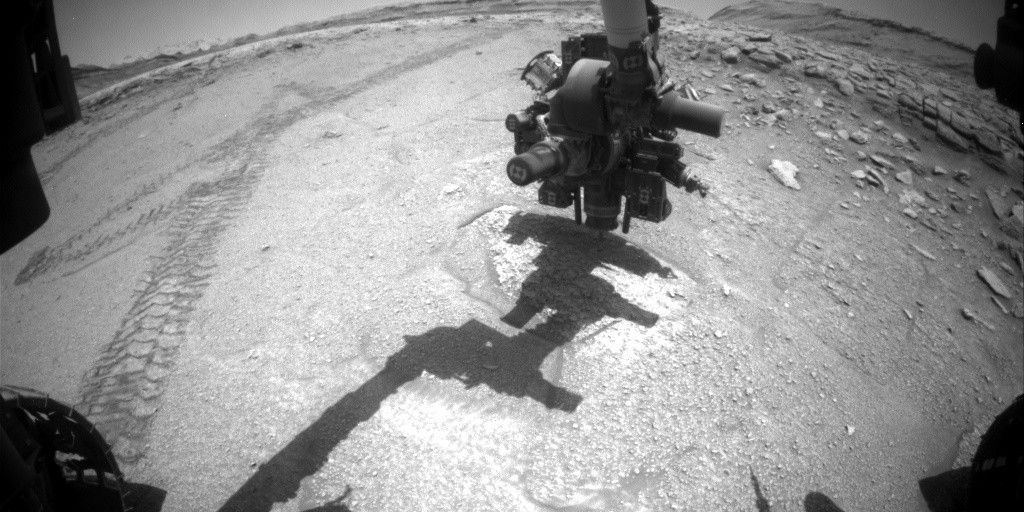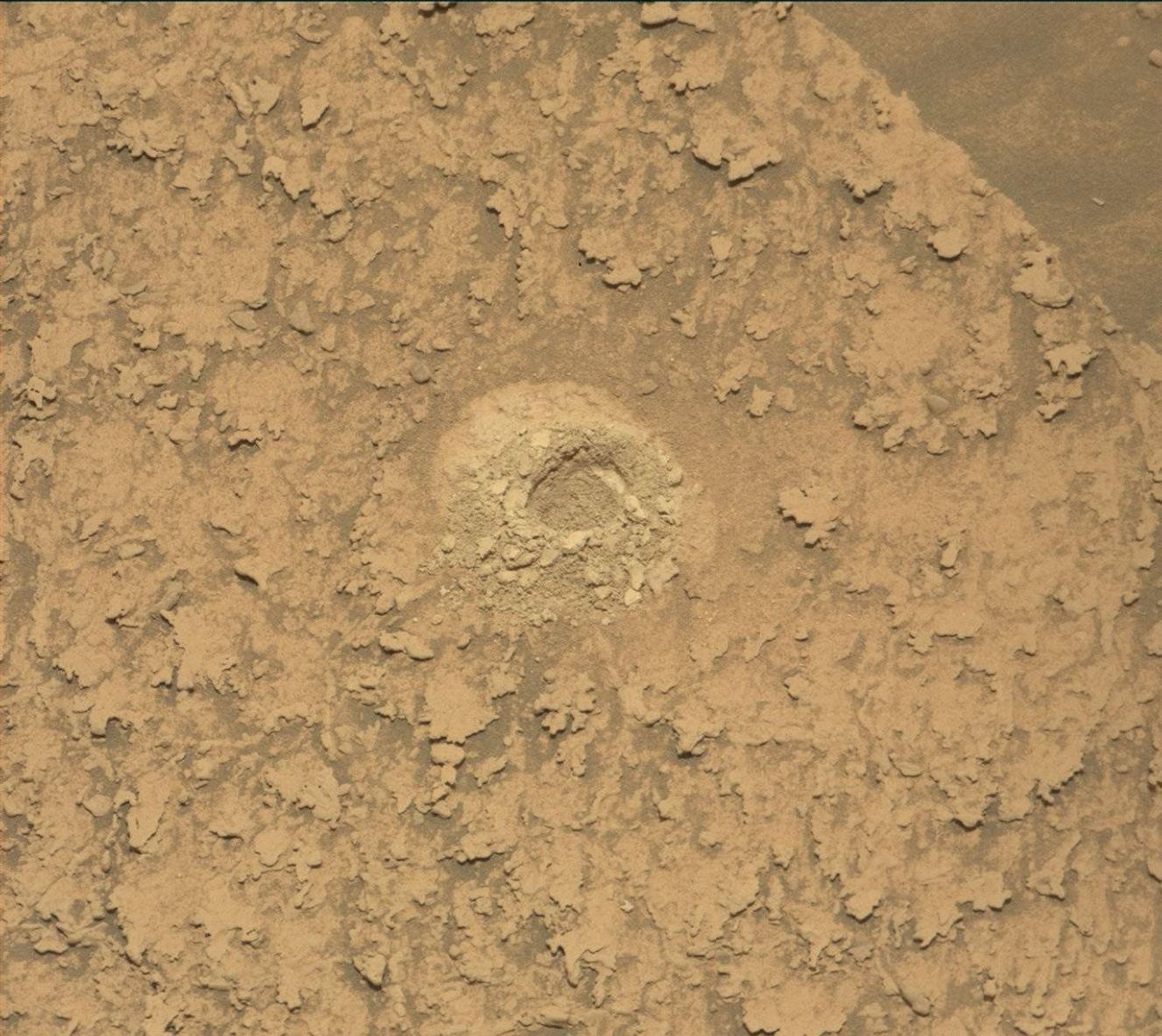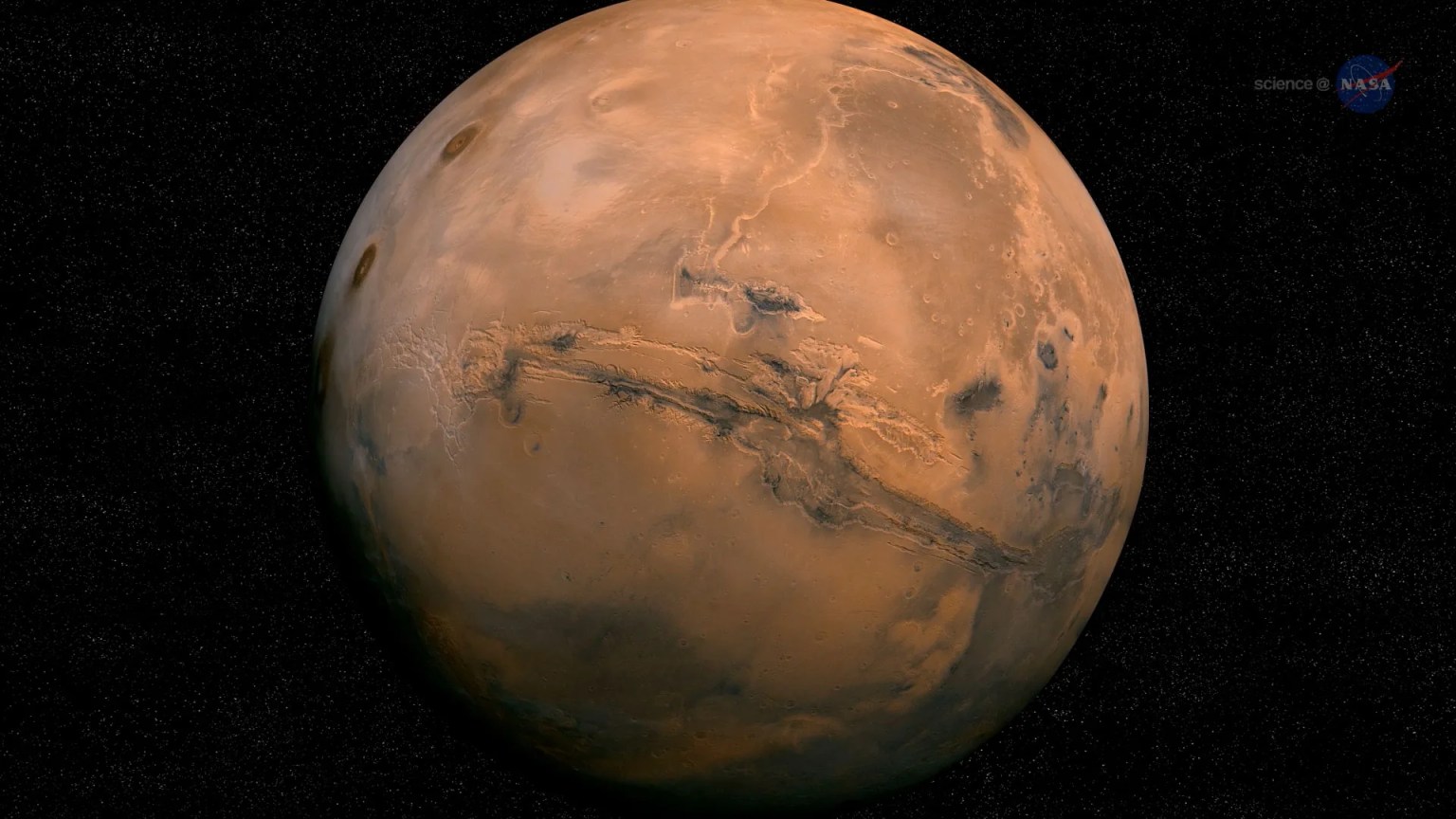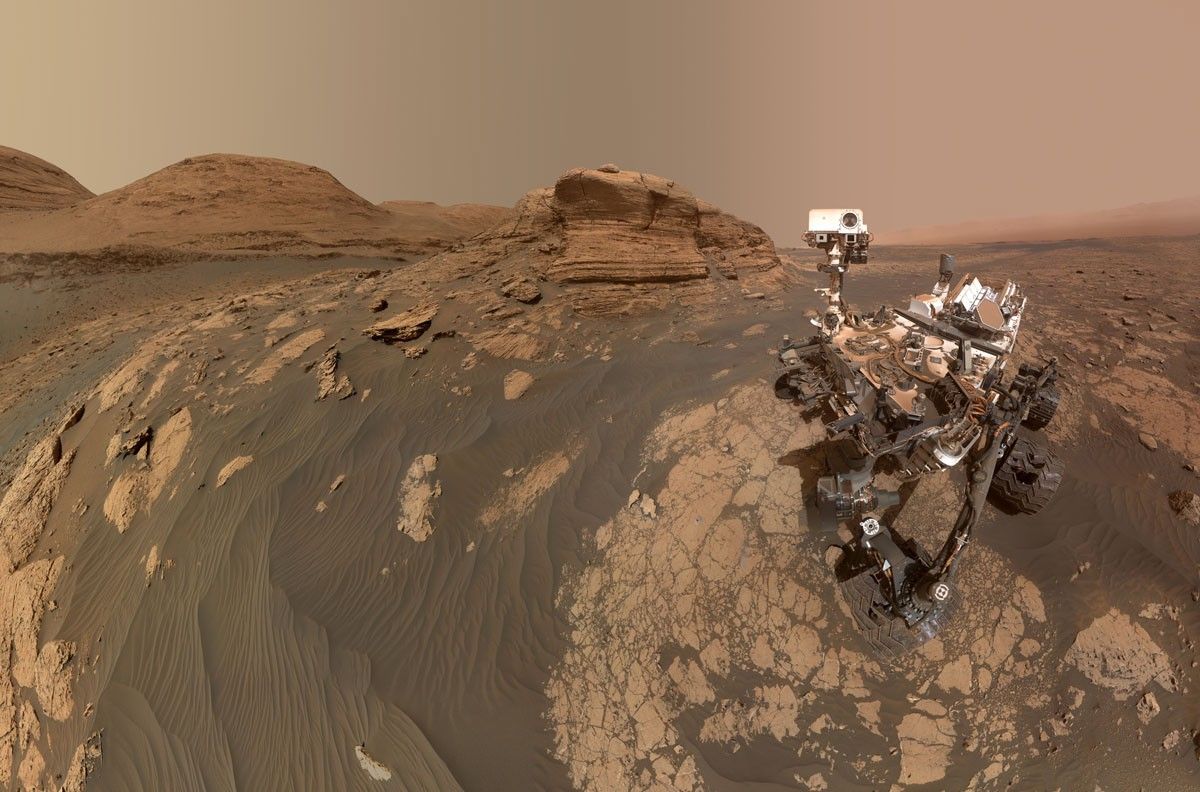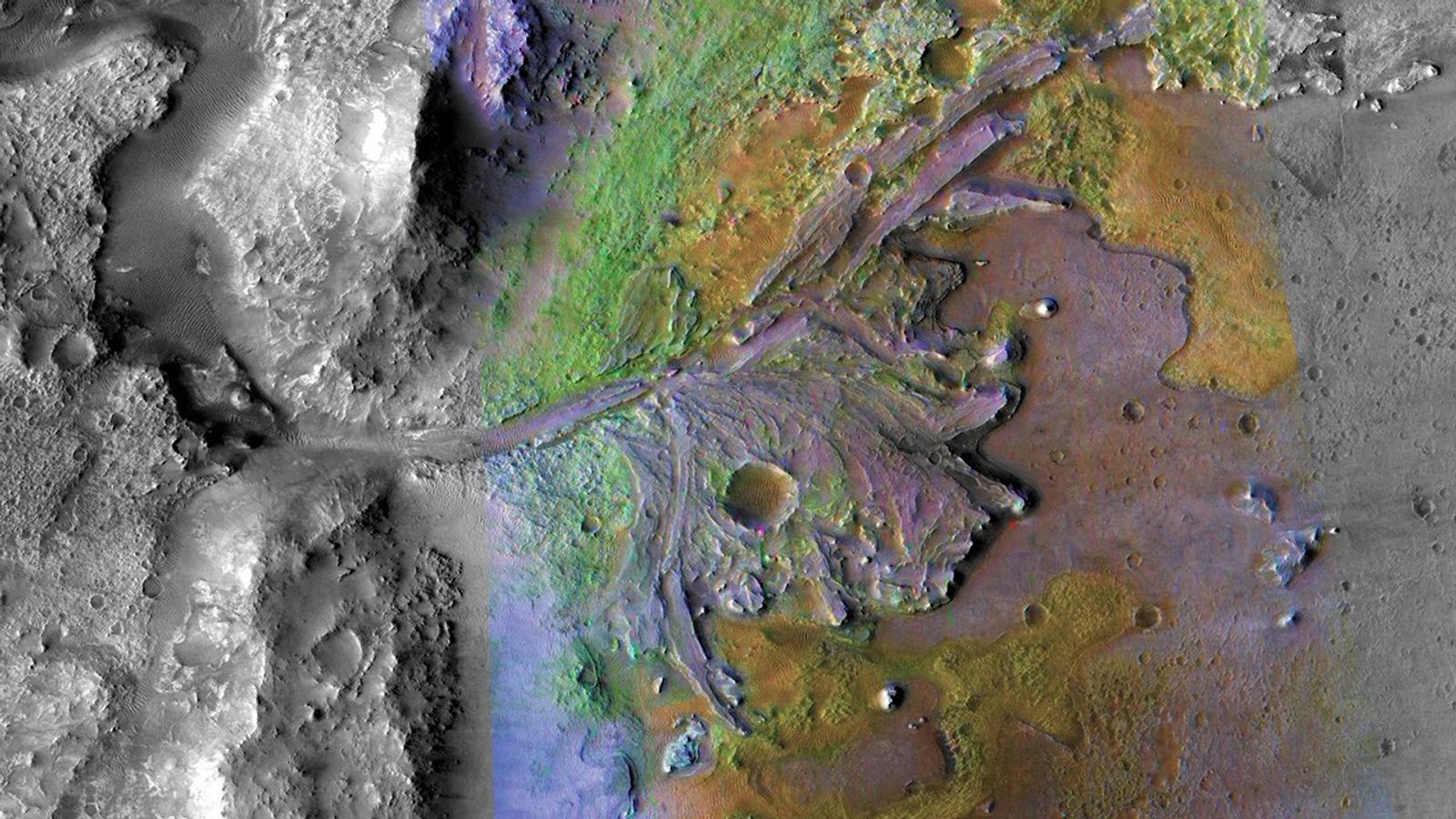3 min read
Curiosity Blog, Sols 4709-4715: Drilling High and Low in the Boxwork Unit
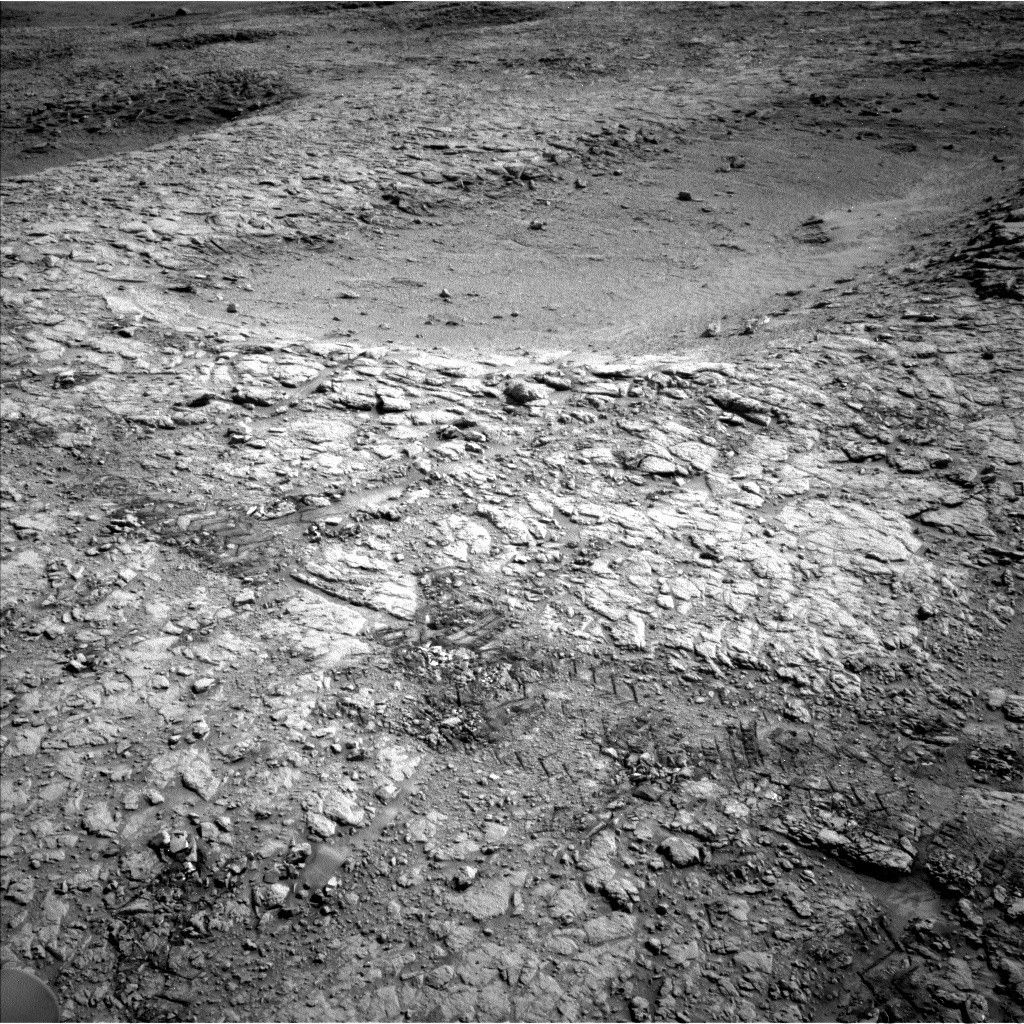
Written by Catherine O’Connell-Cooper, APXS Strategic Planner and Payload Uplink/Downlink Lead, University of New Brunswick, Canada
Earth planning date: Friday, Nov. 7, 2025
We are in the most intensive phase of the boxwork structures investigation — the drill campaign. The boxwork campaign group requested a pair of drilled targets — one in a hollow (the topographic low) and one on an adjacent ridge, surrounding the hollow.
As we noted in a previous blog, finding a drill target in the hollows proved to be tricky, as the hollow floors are often covered by sand and pebbles, with minimal bedrock exposed. But over the past two weeks, we successfully drilled the bedrock target “Valle de la Luna” in a large hollow called “Monte Grande.” We finished up at Valle de la Luna on Monday and moved quickly up onto the ridge to get our second target, about 10 meters away (about 33 feet).
We wanted to name our targets to reflect the difference in location — from the topographic low to the (relatively speaking) high point on the nearby ridge. Our hollow target, Valle de la Luna, was named after an area of valleys in the Atacama Desert, in Chile. This area is one of the driest on Earth, with a unique environment and an incredible sculpted landscape with geological formations that would not look out of place in Gale crater.
Although there is a mere 2-meter difference in elevation (about 6½ feet) between the hollow floor and the ridge top, we decided to name our ridge target “Nevado Sajama,” which is an extinct volcano and the highest peak in Bolivia. Go big or go home!
Wednesday’s plan centered around our “Drill Sol Zero” activities. We use this day to finesse our position for drilling with a small drive (we refer to this kind of positioning drive as a “bump” as it is usually less than a couple of meters, which is less than 6 feet) to the most suitable potential drill target. On Wednesday, we bumped our way forward very slightly on the workspace, and this morning (Friday) the best potential target for drilling was in the perfect location. Today we do our Drill Sol 1 activities, which focus on triaging the Nevado Sajama bedrock block for drilling (the center of this Mastcam image; the lower block in this Navcam image). The Rover Planners (RPs) will test the coherency of the rock, to assess how it will hold up under the pressure of drilling. APXS and ChemCam will analyze the brushed bedrock in the intended drill area. We can compare this to targets from the very nearby Wednesday workspace (“Volcan Isluga” for APXS and “Luna Muerte” for ChemCam), so we can determine how homogenous or heterogenous this area is. MAHLI will image the bedrock here too, and again compare to targets from the Wednesday workspace (Volcan Isluga and the MAHLI-only target “Sipe Sipe,” which was an area of freshly broken rock, broken as we drove over it).
The drill campaign for the boxwork area has been two years in the planning. Over those years, the boxwork campaign focus group (including me) have had regular meetings and presentations and brainstorming sessions. It is so rewarding to finally be here, in the middle of this active drill campaign.
